Plastic Water Storage Tanks : An Easy Guide to Understanding and Choosing the Right Tank
Water storage is essential for homes, farms, businesses, and industries. One of the most popular solutions for water storage is plastic water storage tanks. These tanks are widely used due to their many benefits, including being durable, cost-effective, and easy to install. Whether you need to store drinking water, rainwater, or other liquids, plastic water storage tanks offer a simple and reliable solution. In this guide, we’ll explore everything you need to know about plastic water storage tanks.
1. What Are Plastic Water Storage Tanks?
Plastic Water Storage Tank
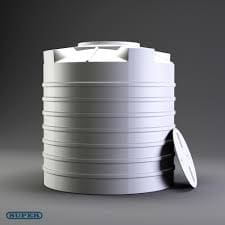
Water Storage Tank
Plastic water storage tanks are large containers made from strong plastic materials, like polyethylene, that are designed to store water safely. These tanks come in various shapes and sizes and are used for storing water for different purposes, including for drinking, irrigation, and industrial use. Plastic water storage tanks are preferred over metal and concrete tanks due to their resistance to corrosion, light weight, and cost-effectiveness.
2. Types of Plastic Water Storage Solution
“Plastic water storage solution” come in different types, each suited for different needs. Let’s look at the most common types:
2.1 Vertical Plastic Water Storage Solution
Vertical “water storage tanks” are the most common type. These tanks are usually tall and cylindrical, which helps them hold a large amount of water. Vertical tanks are ideal for smaller spaces because they don’t take up much horizontal space.
2.2 Horizontal Plastic Water Storage Solution
Horizontal plastic water storage containers are wider and flatter than vertical tanks. They are suitable for larger spaces where you need to store a larger volume of water. Horizontal tanks can be installed on the ground or mounted on a frame.
2.3 Underground Plastic Water Storage Solution
If you have limited space above ground, underground plastic water storage tanks are a great option. These tanks are installed below the surface, saving space while storing a large amount of water. Underground tanks are often used for rainwater harvesting systems or to store water in areas where surface space is at a premium.
2.4 Slimline Plastic Water Storage Solution
Slimline plastic water storage tanks are tall and narrow, designed to fit in tight spaces like small side yards or narrow driveways. Despite their slim profile, these tanks can hold a decent amount of water and are perfect for homes with limited outdoor space.
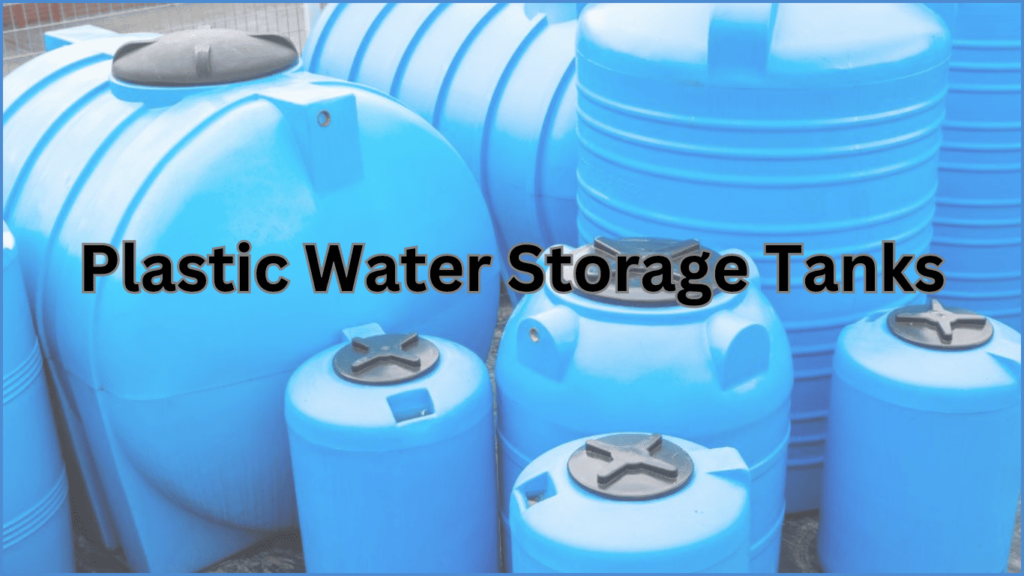
3. Benefits of Water Storage Tanks
water storage tanks offer several advantages, making them a popular choice for many different uses. Here are some of the top benefits:
3.1 Durability
water storage tanks are known for being durable. Unlike metal tanks, they are not affected by rust or corrosion, even when exposed to water and outdoor conditions. This makes water storage tanks ideal for long-term use.
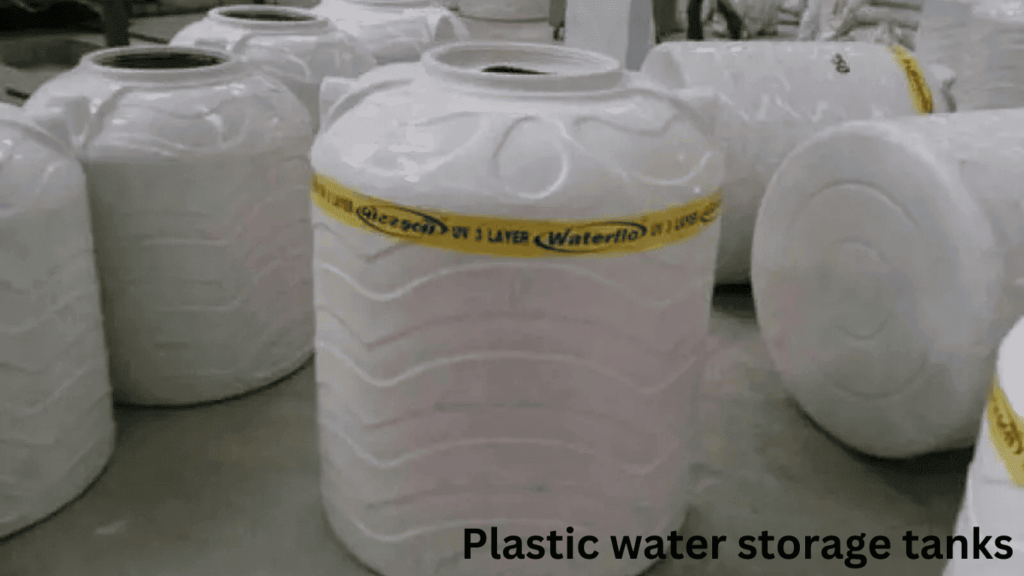
3.2 Lightweight and Easy to Move
water storage tanks are much lighter than metal or concrete tanks. This makes them easier to move and install, especially if you need to relocate the tank or if you have limited space for installation.
3.3 Affordable
water storage tanks are much more affordable than metal or concrete tanks. The lower production cost, combined with their long-lasting durability, makes water storage tanks a cost-effective solution for water storage.
3.4 UV-Resistance
water storage tanks are made with UV-resistant materials, which helps protect the tank from damage caused by sunlight. UV protection prevents the tank from cracking or weakening over time, ensuring it lasts longer.
3.5 Safe for Drinking Water
Many water storage tanks are made from food-grade materials, making them safe for storing drinking water. These tanks do not leach harmful chemicals into the water, so your water stays clean and safe.
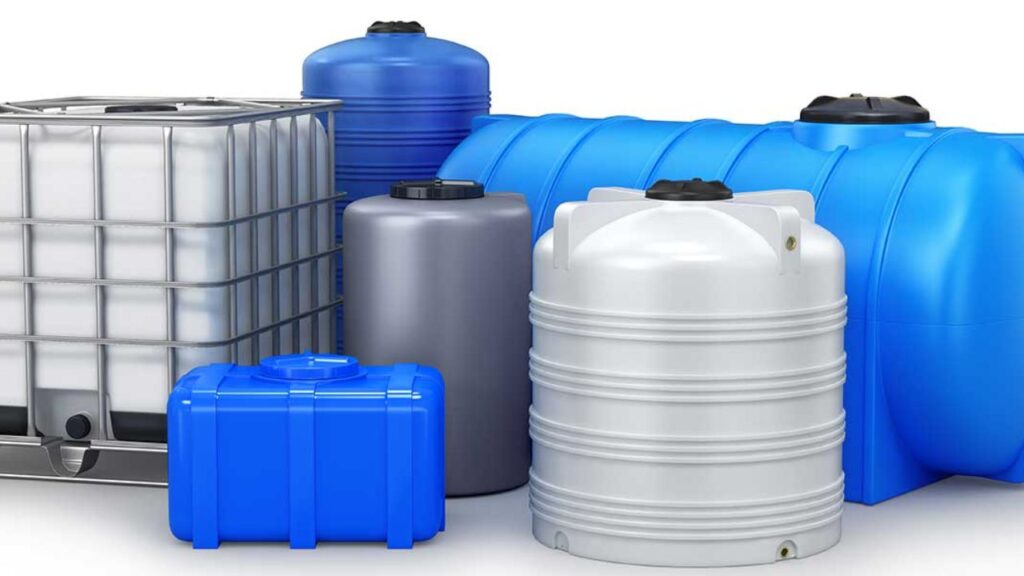
4. Choosing the Right Plastic Water Storage Tank
Selecting the right plastic water storage tank for your needs is important to ensure it performs well and suits your water storage requirements. Here are some key factors to consider when choosing a plastic water storage tank:https://www.plasto.in/
4.1 Capacity
Consider how much water you need to store. Plastic water storage tanks come in various sizes, from small tanks holding just a few hundred liters to large tanks that can store thousands of liters of water. Make sure you choose a tank with enough capacity to meet your needs.
4.2 Location
Where you plan to install the plastic water storage tank plays a role in your choice. For example, if you have limited space, a slimline or vertical tank may be the best option. If you have a lot of outdoor space, a larger horizontal tank might be more suitable.
4.3 Material Quality
Make sure the tank is made from high-quality, food-grade plastic, especially if you are storing drinking water. Look for tanks that are UV-resistant to ensure they can withstand outdoor conditions without breaking down.

5. How to Install Plastic Water Storage Tanks
Proper installation ensures that your plastic water storage tank works effectively and lasts for many years. Here’s a simple step-by-step guide to installing your plastic water tank:
5.1 Prepare the Site
Before installing the tank, make sure the ground is level. This prevents the tank from leaning or tipping over. If you’re installing an underground tank, dig a hole big enough to fit the tank and create a stable base using gravel or sand.
5.2 Position the Tank
Once the site is prepared, place the tank in the desired location. Ensure that the tank is accessible for maintenance and cleaning. If the tank is an above-ground model, position it away from areas where it might be exposed to direct sunlight for long periods.
5.3 Connect to the Water Source
Next, connect the plastic water storage tank to your water supply. This could be a rainwater harvesting system, a well, or a municipal water line. Make sure all plumbing connections are secure and that there are no leaks.
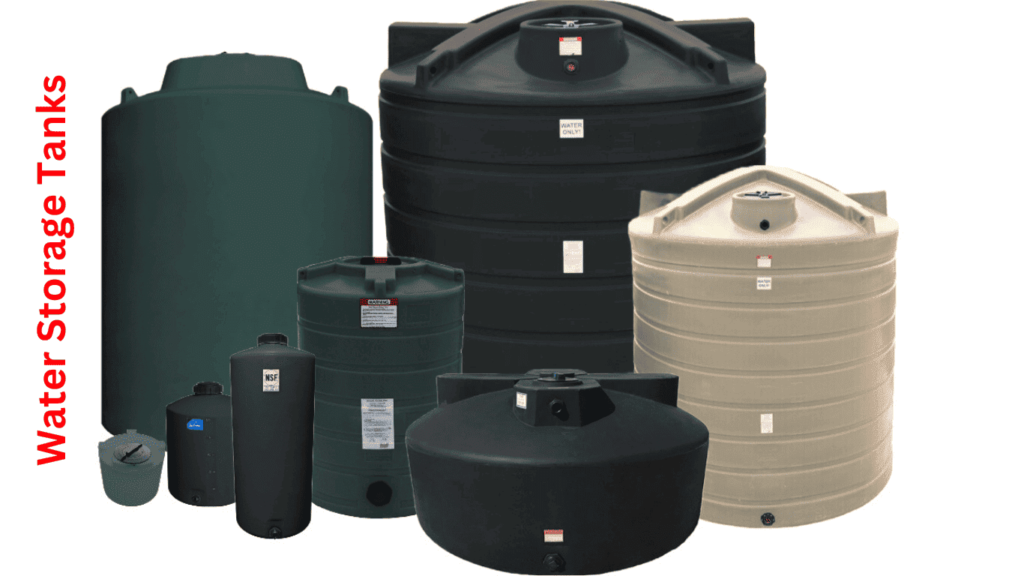
6. Maintaining Plastic Water Storage Tanks
To ensure your plastic water storage tank continues to perform well, it’s important to maintain it properly. Here are some simple maintenance tips:
6.1 Clean the Tank Regularly
Regular cleaning helps prevent algae and dirt buildup inside the tank. You can clean your tank by draining it, scrubbing the interior with a mild detergent, and rinsing it thoroughly. Clean the tank every 6 to 12 months, or more often if needed.
6.2 Inspect the Tank for Damage
Check your tank regularly for cracks, leaks, or other signs of damage. While plastic water storage tanks are very durable, they can still get damaged from external factors. If you notice any issues, get them repaired promptly to avoid water loss or contamination.
6.3 Check for Algae Growth
If your tank is exposed to sunlight, algae may start to grow inside. Algae can affect water quality, so it’s important to take steps to prevent it. Use a UV-protected tank, or cover the tank with a shade cloth to keep sunlight from penetrating.
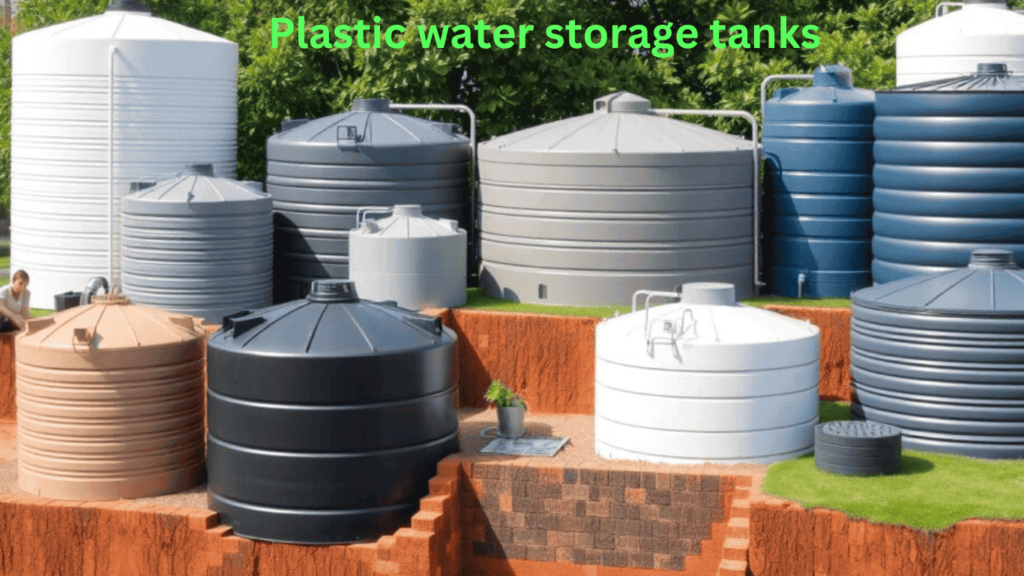
7. Plastic Water Tanks for Different Uses
Plastic water storage tanks are used in many different applications. Let’s look at some common uses for these tanks:
7.1 Residential Use
In homes, plastic water storage tanks are often used to store drinking water or rainwater. Many homeowners use them to collect rainwater for watering gardens or cleaning. These tanks are also used in areas with unreliable water supply to store water for daily use.
7.2 Agricultural Use
Farmers use plastic water storage tanks to store water for irrigation, livestock, and crop spraying. These tanks are especially helpful in dry areas where water is scarce, allowing farmers to store water for use during dry seasons.
7.3 Industrial Use
Industries use plastic water storage tanks to store water for various purposes, such as cooling systems or chemical processing. Plastic water storage tanks are preferred in industrial settings due to their ability to resist corrosion and chemical damage.
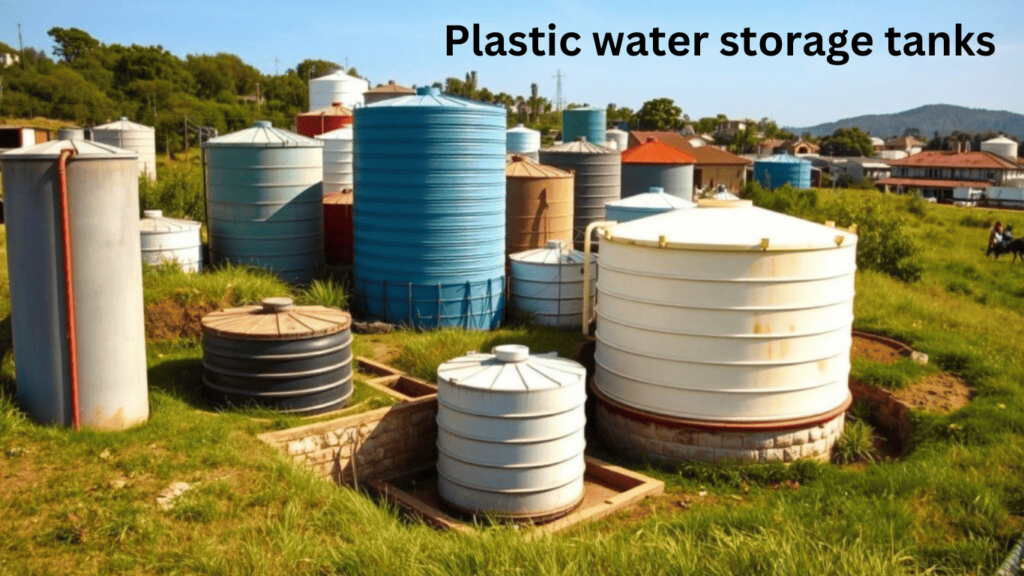
8. Conclusion
Plastic water storage tanks are an excellent choice for anyone needing to store water efficiently and safely. They are affordable, durable, lightweight, and easy to install and maintain. Whether you need a tank for your home, farm, or business, a plastic water storage tank is a practical and reliable solution. By following proper installation and maintenance practices, your plastic water tank can last for many years and continue to provide you with clean, safe water.
By understanding the different types of plastic water storage tanks and their benefits, you can make an informed decision about the best tank for your needs. Whether you are storing drinking water, rainwater, or industrial water, plastic water storage tanks are a smart investment for water management.